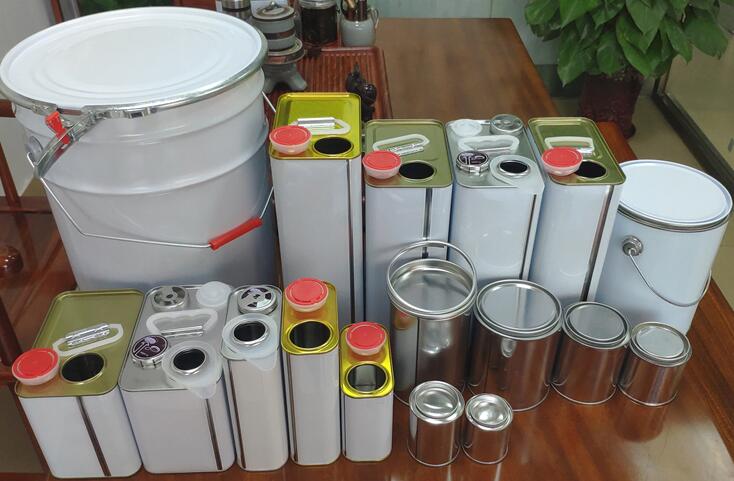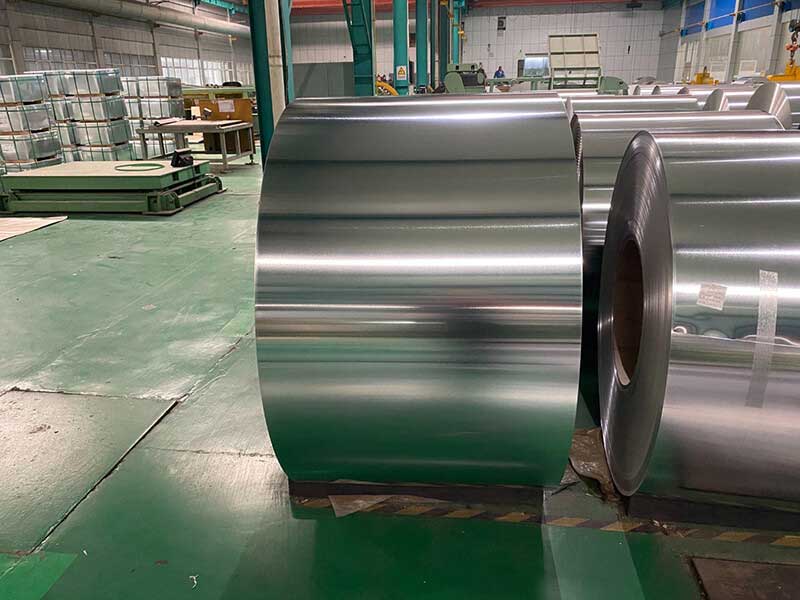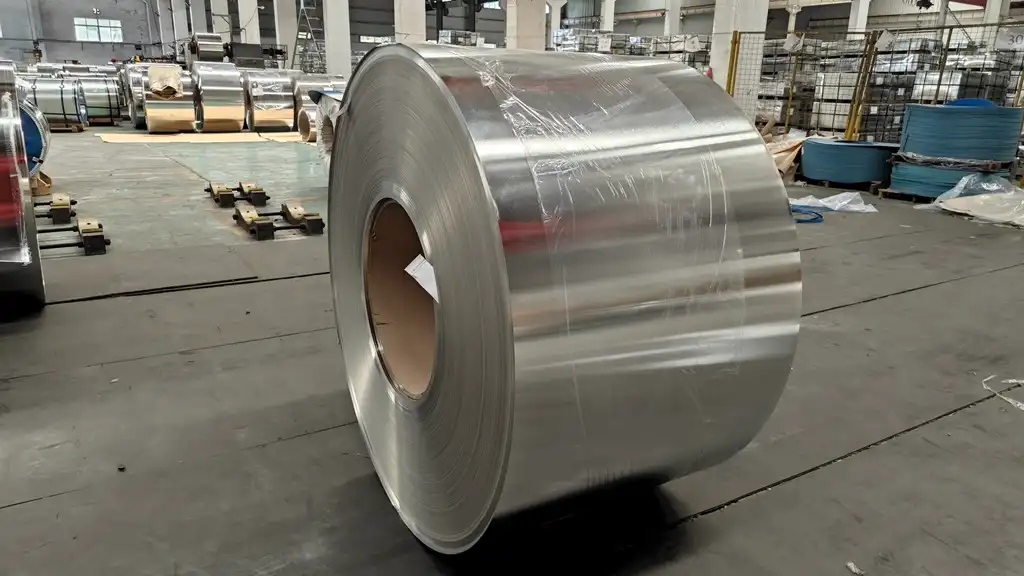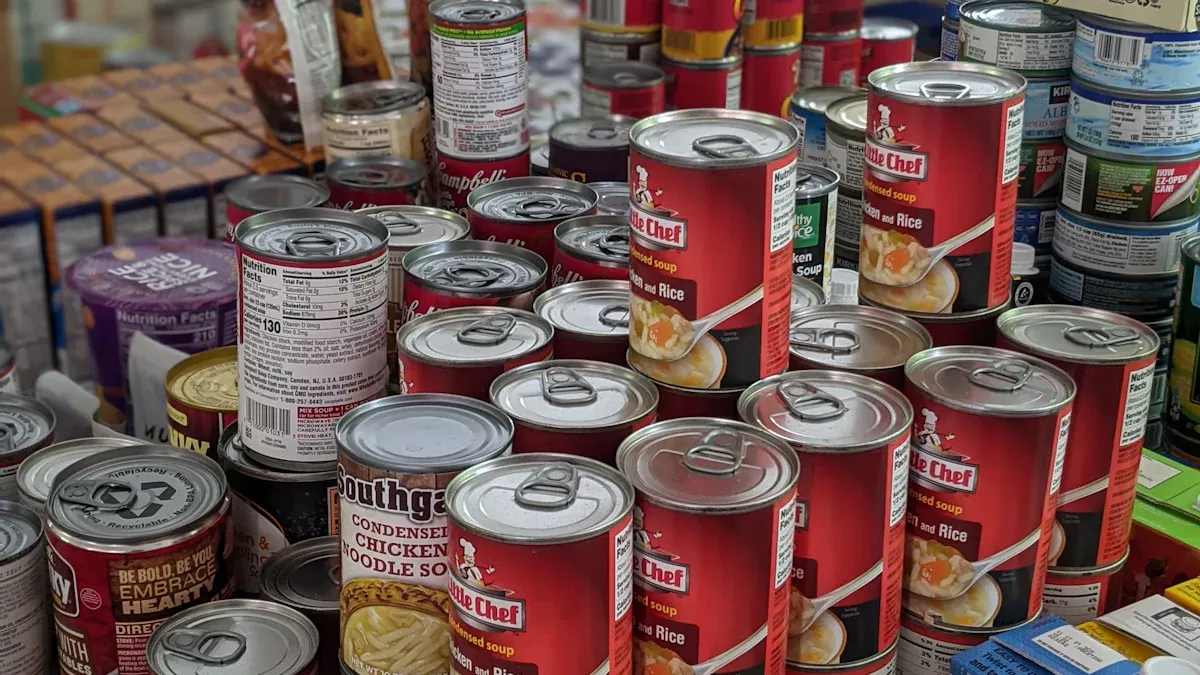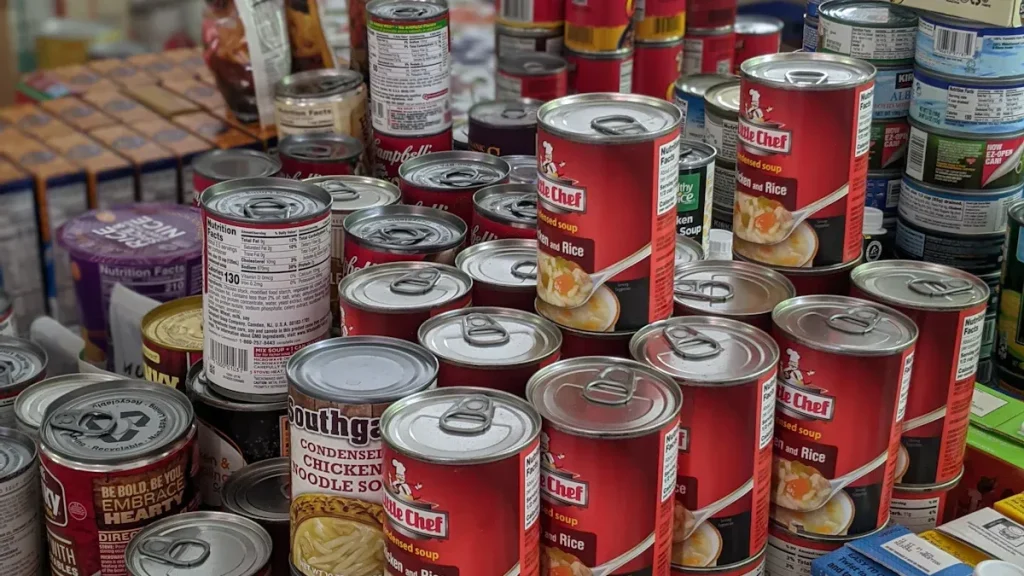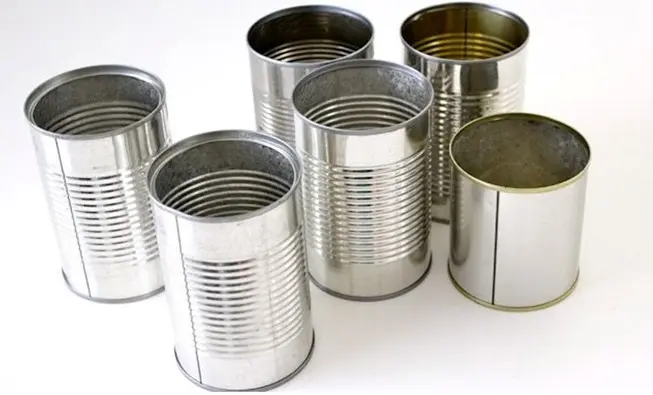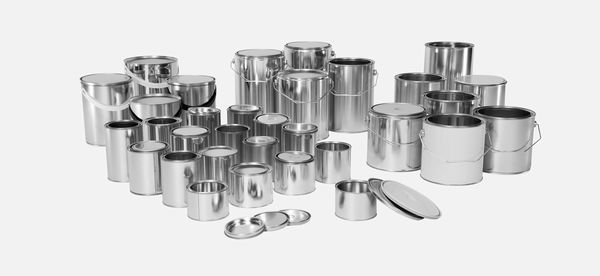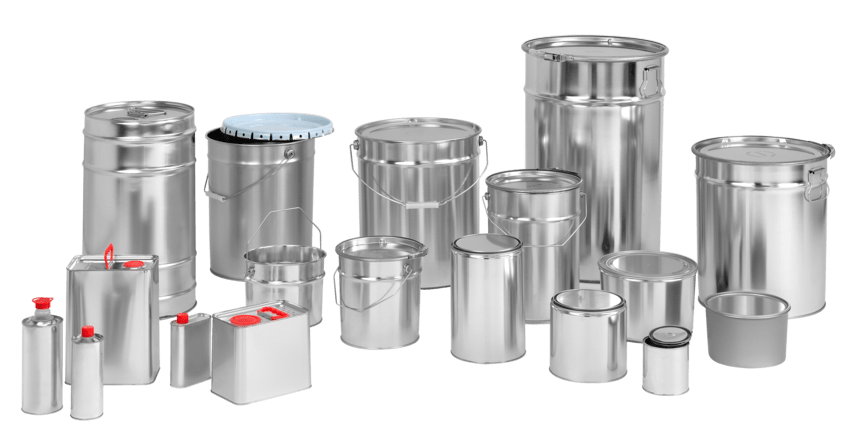
Tinplate Steel Strip serves as the backbone of safe food and beverage packaging. Its steel core provides durability, while the tin coating delivers a non-toxic, corrosion-resistant barrier that prevents contamination and spoilage. Industry data shows that tinplate cans account for over half of food and beverage packaging worldwide, highlighting their dominance in the sector. > This material’s airtight seal and stability help preserve freshness, maintain nutritional value, and extend shelf life. Quality standards and advanced manufacturing processes ensure that every can meets strict safety requirements for consumers.
Key Takeaways
- Tinplate steel strip combines a strong steel core with a thin tin coating to create durable, safe packaging for food and drinks.
- The tin coating prevents rust and corrosion, keeping food fresh and safe by blocking moisture, air, and bacteria.
- Advanced manufacturing processes ensure uniform tin layers and smooth surfaces that support printing and protect contents.
- Tinplate cans provide airtight seals that extend shelf life and preserve the flavor and nutrition of foods and beverages.
- This material is versatile, used not only for food and beverage cans but also for aerosol cans, electronics, and household products.
- Strict international standards and quality controls guarantee the safety, durability, and hygiene of tinplate packaging.
- Tinplate steel strip is 100% recyclable, making it an eco-friendly choice that supports sustainability efforts.
- Different grades and finishes allow manufacturers to customize tinplate for specific uses, ensuring optimal performance.
Tinplate Steel Strip Basics

What Is Tinplate Steel Strip
Tinplate Steel Strip forms the foundation of modern can manufacturing. Manufacturers create this material by coating a thin sheet of high-quality, low-carbon cold-rolled steel with a very thin layer of tin. The steel base gives the strip its strength and structural integrity. The tin layer, usually less than 0.1mm thick, is applied through advanced processes such as hot-dip tinning or electroplating. This coating provides a smooth, shiny surface that resists corrosion and supports decorative printing. After coating, the material undergoes cooling, polishing, and annealing. These steps improve ductility and prepare the strip for shaping into cans and other packaging forms. The combination of steel and tin results in a durable, malleable, and non-toxic material ideal for protecting food and beverages.
Note: The tin coating not only enhances appearance but also acts as a protective barrier, making Tinplate Steel Strip a preferred choice for safe packaging.
Key Properties
Strength and Flexibility
The steel core of Tinplate Steel Strip delivers impressive strength and flexibility. This base material allows manufacturers to form the strip into various shapes and sizes without cracking or breaking. The high strength ensures that cans and containers can withstand stacking, shipping, and handling. Good ductility means the strip can be pressed, rolled, or stamped into complex forms, meeting the diverse needs of the packaging industry. These mechanical properties help maintain the integrity of cans, keeping food and drinks safe during storage and transport.
Corrosion Resistance
Corrosion resistance stands out as one of the most important features of Tinplate Steel Strip. The tin layer acts as a barrier, preventing moisture and air from reaching the steel underneath. This protection stops rust and oxidation, which could otherwise compromise the safety of packaged foods and beverages. The tin coating also provides dual electrochemical protection, acting as both an anode and a cathode. This unique property helps preserve the steel base even if the coating gets scratched. The tin layer remains chemically stable and non-toxic, making it safe for direct contact with food and drinks. Uniform coating thickness, achieved through precise electroplating, ensures consistent protection across every strip.
- Key benefits of corrosion resistance:
- Prevents rust and extends shelf life
- Maintains product safety and quality
- Supports attractive, printable surfaces for branding
Manufacturing Process
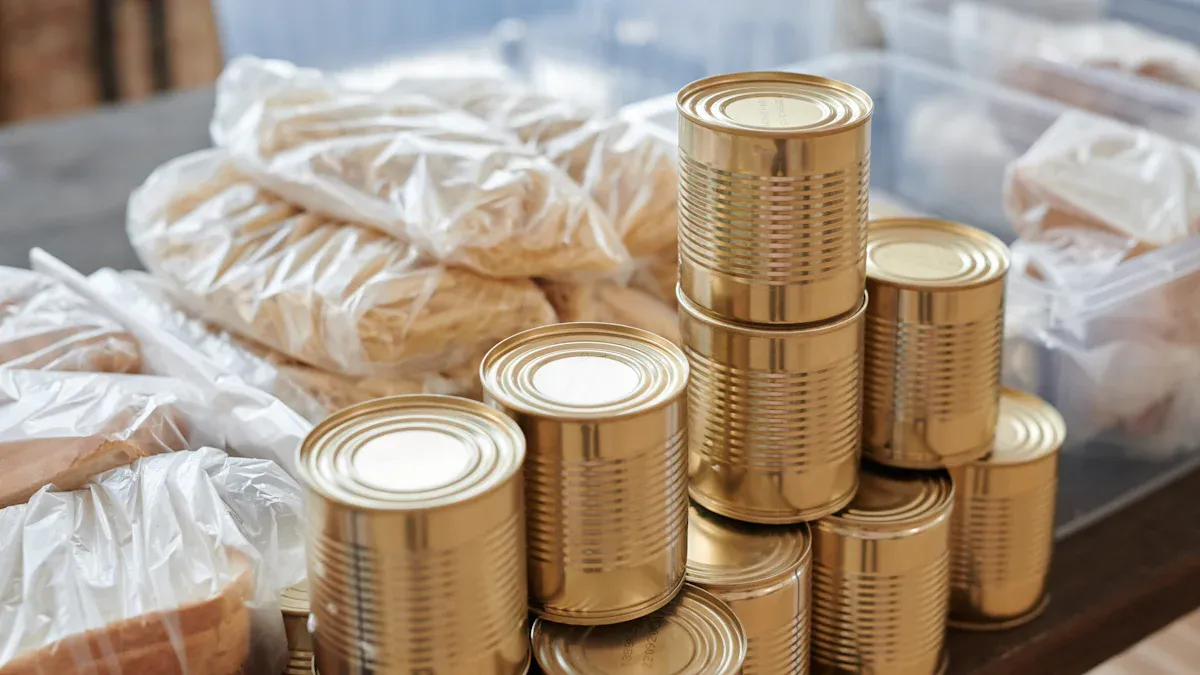
Steel Preparation
Manufacturers begin by selecting high-quality cold-rolled steel as the base material. They focus on steel purity, thickness, and surface cleanliness to ensure the best results. The steel undergoes several treatments, including hot rolling, pickling, and cold rolling. These steps remove impurities and create a uniform thickness. Annealing follows, which softens the steel and improves its formability. Electrolytic cleaning removes any remaining oil or dirt, preparing the surface for tin coating. Strict control of thickness, width, and flatness prevents defects during can-making and printing. The table below highlights how each aspect of steel preparation affects quality and performance:
| Steel Preparation Aspect | Impact on Quality and Performance |
|---|---|
| Steel Purity and Thickness | Ensures stable welding and good formability |
| Surface Cleanliness | Prevents defects and improves coating adhesion |
| Surface Roughness | Enhances adhesion of tin and paint layers |
| Tin Plating Thickness | Improves corrosion resistance and balances soldering performance |
| Passivation Treatment | Inhibits tin oxidation and improves paint adhesion |
| Oil Film Application | Prevents rust and scratches, but must be applied evenly |
| Dimensional Control | Prevents defects during can-making and printing |
Tin Coating
The next step involves coating the prepared steel with a thin layer of tin using an electrolytic tinning process. Witop Tinplate uses advanced electrolytic deposition, where the steel passes through electrolyte tanks and receives a uniform tin coating on both sides. High-frequency induction heating melts the tin, creating a bright, lustrous surface. This process forms a tin-iron alloy layer that enhances adhesion and corrosion resistance. The tin coating acts as a hygienic, non-toxic barrier, protecting food and beverages from impurities, bacteria, moisture, and light. Manufacturers can choose from various grades, such as MR for food cans and SPCC for general applications. Tin coating thickness ranges from 1.1 to 8.4 grams per square meter, allowing customization for different uses. Surface finishes include bright, stone, silver, and matte, each offering unique visual and protective qualities.
Note: Compliance with international standards like JIS, ASTM, and DIN ensures consistent mechanical and surface properties, enhancing durability and safety.
Can Forming
After tin coating, manufacturers cut the tinplate into sheets and shape them into cans. The process includes stamping, rolling, and welding to form the can body. For two-piece cans, the body and bottom are formed together, while three-piece cans have separate body, bottom, and lid components. The bottom is pressed into a concave shape, and lids may include pull tabs or valves. Protective coatings are applied inside and outside the can to prevent reactions between the metal and contents. Printing and decoration follow, adding branding and product information. Quality inspections and pressure tests ensure each can meets strict safety and performance standards. The choice of grade, surface finish, and tin coating thickness directly impacts the can’s corrosion resistance, appearance, and ability to preserve food freshness.
Protection Mechanisms
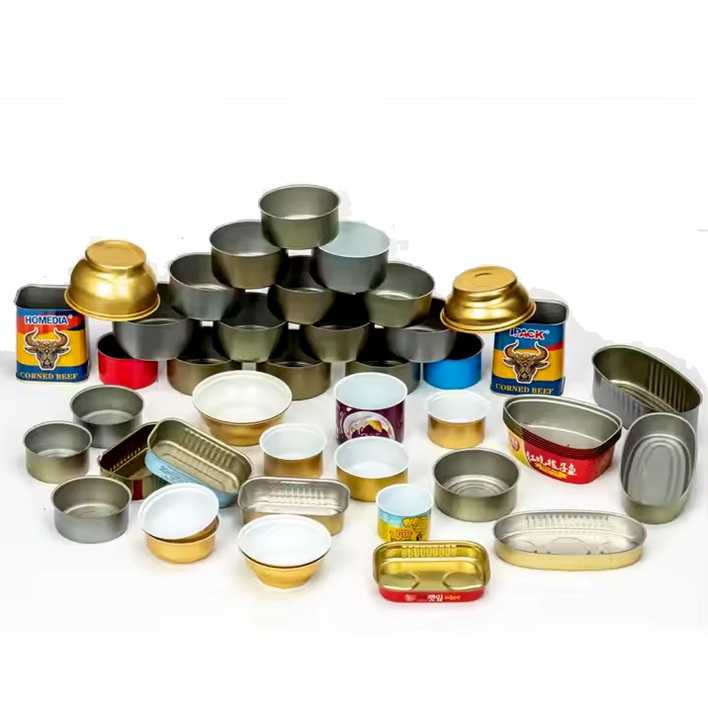
Barrier to Contaminants
Tinplate Steel Strip provides a formidable defense against contaminants in food and beverage packaging. The steel base, coated with a thin layer of tin, creates an impermeable shield that blocks moisture and gases. This structure prevents harmful substances from entering the can and protects the contents from environmental hazards. Chemical passivation further enhances this barrier by forming tin and chromium oxides, which resist atmospheric corrosion. Manufacturers also apply specialized lacquers or enamels to the interior surfaces of cans. These coatings prevent direct contact between the metal and the food, reducing the risk of contamination, corrosion, and spoilage. The combination of tin coating and protective lacquers maintains the sterility and integrity of packaged foods and beverages, even during long storage periods. This multi-layered approach ensures that consumers receive safe, uncontaminated products every time.
Rust Prevention
Manufacturers rely on several mechanisms to prevent rust and corrosion in tinplate cans. The electroplated tin layer acts as a primary barrier, shielding the steel from oxygen and water. Internal and external coatings, such as epoxy resins or food-grade plastics, add another layer of protection. These coatings isolate the metal from moisture and oxygen, which are essential for rust formation. The tinplate structure includes a thin FeSn2 alloy layer that guards against galvanic corrosion. A free tin layer serves as a sacrificial anode, corroding first to protect the steel beneath. Layers of chromium and tin oxides further inhibit oxidation and sulphuration. A lubricant film, covered with sanitary lacquer, separates the metal from the contents. This comprehensive system maintains the integrity of the container and resists corrosion throughout its lifespan. Scientific studies show that tinplate steel cans typically last at least two years under normal storage conditions without noticeable changes in quality. The durability of these cans depends on the quality of materials, the nature of the food, temperature, and the effectiveness of internal coatings.
- Key rust prevention mechanisms:
- Electroplated tin layer blocks oxygen and water
- Protective coatings reduce corrosion risks
- Alloy and oxide layers inhibit further oxidation
- Lubricant and lacquer films act as barriers
Preserving Freshness
Tinplate Steel Strip plays a vital role in preserving the freshness and flavor of canned foods and beverages. The tin coating is non-toxic and tasteless, ensuring that it does not alter the natural qualities of the contents. The sealed, closed system of a tinplate can isolates food from light, oxygen, and moisture. This barrier maintains the nutritional content and flavor stability of the product. The strong corrosion resistance and excellent sealing properties extend shelf life by preventing deterioration. Research confirms that tinplate lids provide superior barriers against oxygen, moisture, and light, which are key factors in food spoilage. The oxygen transmission rate of tinplate is much lower than that of plastic or paper, offering better protection. Industry data shows that canned foods sealed with tinplate lids can have up to 30% longer shelf life compared to those with plastic or aluminum lids. The opacity of tinplate also blocks ultraviolet light, preventing light-induced degradation of food quality and nutrients.
Tip: The robust structure of tinplate cans protects products during handling and transit, ensuring that consumers enjoy fresh, flavorful foods and drinks every time.
Applications

Food Cans
Manufacturers rely on tinplate steel cans to package a wide range of food products. The material’s strength and corrosion resistance make it ideal for preserving freshness and preventing contamination. Canned fish leads the market, accounting for nearly half of global revenue in this segment. Vegetables, fruits, sauces, and dairy products also see significant use of tinplate cans. The following table shows the most common food products packaged in tinplate steel cans:
| Food Product Category | Market Share / Importance (2024) |
|---|---|
| Canned Fish | Leading segment, approx. 45% of market revenue |
| Canned Vegetables and Fruits | Significant growth and large usage |
| Canned Sauces and Pastes | Steady growth driven by ready-to-eat meal demand |
| Canned Dairy Products | Moderate growth due to demand for longer shelf life |
Round-end cans dominate the market because they suit a variety of foods, including meats and fruits. The airtight seal and protective barrier of Tinplate Steel Strip help maintain taste, texture, and nutritional value over extended periods.
Beverage Cans
Beverage manufacturers choose tinplate steel cans for their superior protective qualities. The tin coating prevents reactions between the metal and the drink, ensuring product safety and taste. Tinplate cans offer several advantages over alternatives:
- Longer shelf life due to non-reactive tin coating
- Lightweight design for easier handling and transport
- High strength and rigidity, reducing deformation risks
- Outstanding barrier properties against gases and light
- Superior corrosion resistance, especially for non-acidic beverages
- 100% recyclability, supporting sustainability goals
These features make tinplate cans a preferred choice for juices, soft drinks, beer, and energy drinks. The material’s flexibility allows manufacturers to create various shapes and sizes, meeting diverse branding and packaging needs.
Other Uses
Tinplate Steel Strip serves many industries beyond food and beverage packaging. Its durability, corrosion resistance, and formability support a wide range of applications. The table below highlights notable non-food uses:
| Application Area | Key Properties / Benefits | Examples / Details |
|---|---|---|
| Aerosol Cans | Strength, malleability, chemical stability, recyclability | Deodorants, hairsprays, shaving foam, air fresheners, aerosol paints |
| Industrial Containers | Corrosion resistance, product safety | Paint cans, chemical canisters |
| Electronics | Protective casing, corrosion resistance | Battery jackets and cases |
| Automotive Parts | Abrasion and rust resistance | Oil filters, fuel filters |
| Household Products | Durability, aesthetic appeal | Kitchenware, decorative items, office supplies |
Industries also use tinplate for electrical components, construction materials, and renewable energy devices. Its 100% recyclability and low carbon footprint make it a sustainable choice for modern manufacturing.
Tip: The versatility of tinplate steel strip enables manufacturers to meet the needs of sectors ranging from food and beverage to electronics, automotive, and household goods.
Quality and Standards
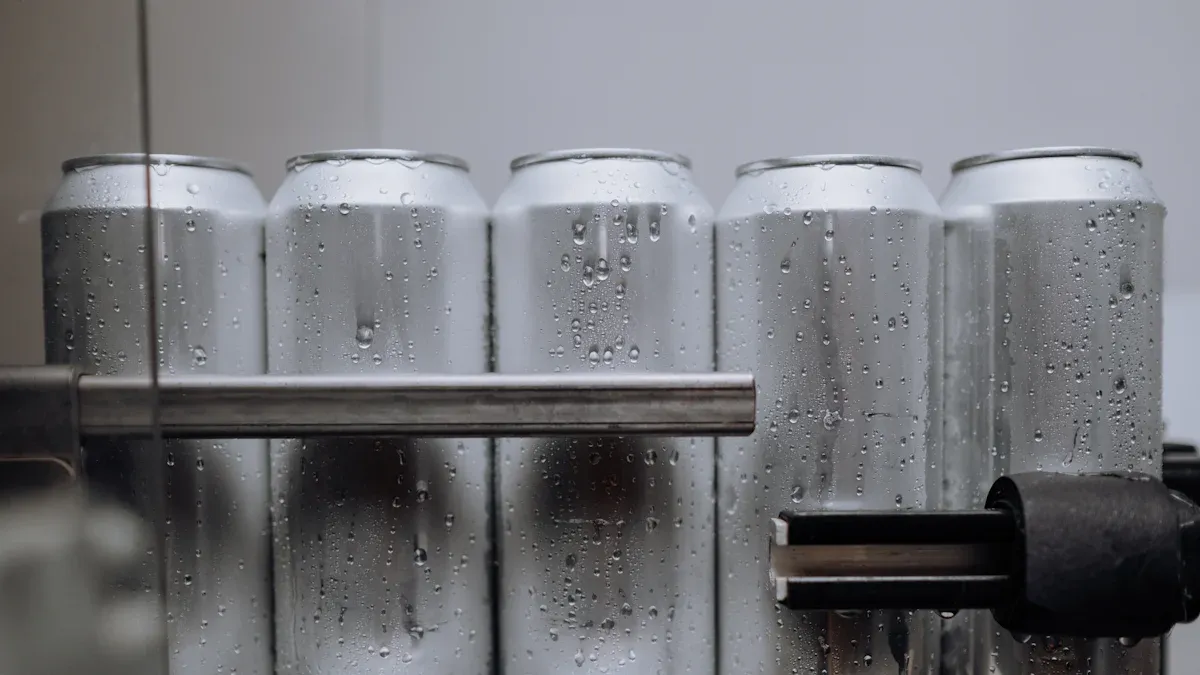
International Standards
Manufacturers of steel packaging materials must adhere to strict international standards to ensure product safety and reliability. The core global framework includes ISO 11949 for cold-reduced electrolytic tinplate, ISO 11950 for chromium or chromium oxide-coated steel, and ISO 11951 for blackplate used in tinplate or chromium-coated steel production. These ISO standards define technical requirements for composition, coating, and mechanical properties, providing a consistent basis for quality control across the industry.
- ISO 11949: Cold-reduced electrolytic tinplate
- ISO 11950: Cold-reduced electrolytic chromium/chromium oxide-coated steel
- ISO 11951: Cold-reduced blackplate in coil form
In addition to ISO, American ASTM standards play a significant role. They specify technical indicators and testing methods, such as steel base composition, tin plating amount, tempering, corrosion resistance, and mechanical performance. While these standards set a high bar, manufacturers often conduct additional quality inspections to address gaps not covered by the standards.
Compliance with international food safety standards, including Codex Alimentarius and ISO, is essential for protecting consumers. These standards require manufacturers to implement preventive controls like Hazard Analysis and Critical Control Points (HACCP). By following these protocols, companies reduce the risk of contamination and foodborne illness. High compliance rates lead to safer canned foods and beverages, lower recall rates, and greater consumer trust. Regulatory agencies use these standards as benchmarks for audits and enforcement, ensuring that products meet global safety expectations.
Note: Certification to ISO food safety standards, such as ISO 22000, demonstrates a company’s commitment to hazard control and continuous improvement, which directly benefits public health and brand reputation.
Grades and Finishes
The choice of grade and surface finish plays a critical role in meeting the diverse needs of food and beverage packaging. Different grades offer varying levels of strength, formability, and corrosion resistance. For example, MR grade is commonly used for food cans due to its excellent corrosion resistance, while SPCC grade suits general applications. Manufacturers select the appropriate grade based on the intended use, ensuring optimal performance and safety.
Surface finishes also impact hygiene, appearance, and suitability for specific products. Sanitary food-grade finishes typically have a surface roughness average (Ra) between 0.5 µm and 0.7 µm, which helps prevent bacterial growth. For applications requiring higher purity, such as pharmaceutical packaging, even finer finishes are achieved through electropolishing. This process removes microscopic peaks and debris, resulting in a smoother, more corrosion-resistant surface.
| Finish Type | Surface Characteristics | Typical Applications |
|---|---|---|
| #3 Finish | Coarse, brushed, low reflectivity; rough grinding finish | Food processing equipment, brewery equipment, appliances |
| #4 Finish | Refined, mildly reflective with fine lines | Appliances, decorative elements, some food equipment |
| #8 Finish | Mirror-like, highly reflective, nearly flawless surface | Decorative applications, wall paneling, signage |
The selection of grade and finish ensures that packaging materials meet hygiene standards, resist corrosion, and maintain product integrity. By choosing the right combination, manufacturers can tailor their products to the specific requirements of juices, sauces, dairy, and other sensitive foods.
Tinplate Steel Strip stands out as the ideal material for food and beverage packaging due to its unique combination of strength, corrosion resistance, and non-toxic barrier.
- It forms a dense armor that blocks air, moisture, and bacteria, preserving freshness and flavor.
- The tin coating resists rust and withstands acidic foods, ensuring long-term safety.
Quality manufacturing and strict standards, such as ISO 9001 and HACCP, guarantee consistent safety and freshness in every can. Consumers benefit from packaging that is durable, recyclable, and essential for modern life.
FAQ
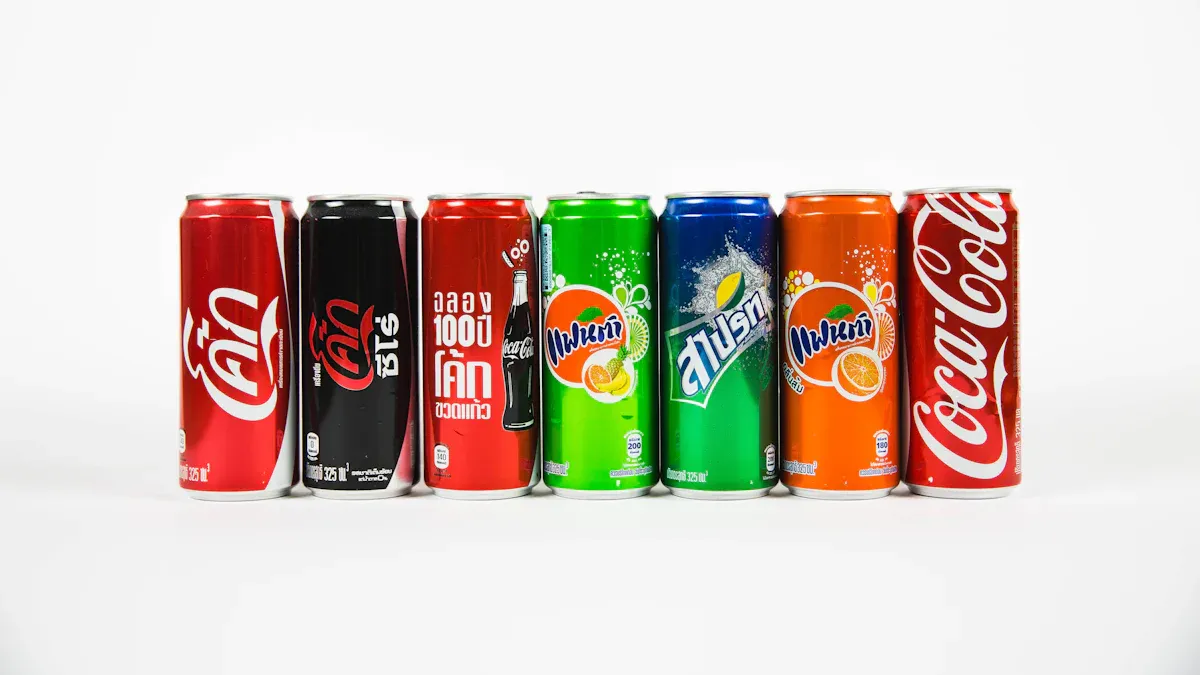
What is tinplate steel strip used for?
Tinplate steel strip serves as the primary material for food and beverage cans. Manufacturers also use it for aerosol cans, battery shells, chemical containers, and crown caps. Its versatility supports many industries.
How does tinplate steel strip prevent food contamination?
The tin coating forms a non-toxic barrier. This layer blocks bacteria, moisture, and air from reaching the food or drink inside. Protective lacquers further enhance safety.
Is tinplate steel strip recyclable?
Yes, tinplate steel strip is 100% recyclable. Recycling facilities can separate the tin from the steel. Both materials return to the production cycle, supporting sustainability and reducing waste.
What grades of tinplate steel strip are available?
Manufacturers offer grades such as MR, SPCC, SPHC, Q195, and S08AL. Each grade provides different levels of strength, formability, and corrosion resistance. Selection depends on the application.
Why do beverage cans use tinplate instead of aluminum?
Tinplate cans provide superior corrosion resistance and a strong, rigid structure. The tin coating prevents reactions with drinks. Tinplate also offers excellent printability for branding.
How does tinplate steel strip extend shelf life?
The airtight seal and corrosion-resistant tin layer protect contents from oxygen, moisture, and light. This barrier preserves freshness, flavor, and nutritional value for longer periods.
What standards govern tinplate steel strip quality?
International standards such as JIS G 3303, ASTM A623M, and DIN EN 10203 ensure consistent quality. These standards specify composition, coating thickness, and mechanical properties.
Can tinplate steel strip be customized for specific needs?
Yes. Manufacturers offer various thicknesses, widths, surface finishes, and tempers. Customization allows tinplate steel strip to meet unique requirements for different products and industries.

